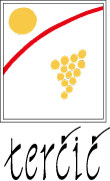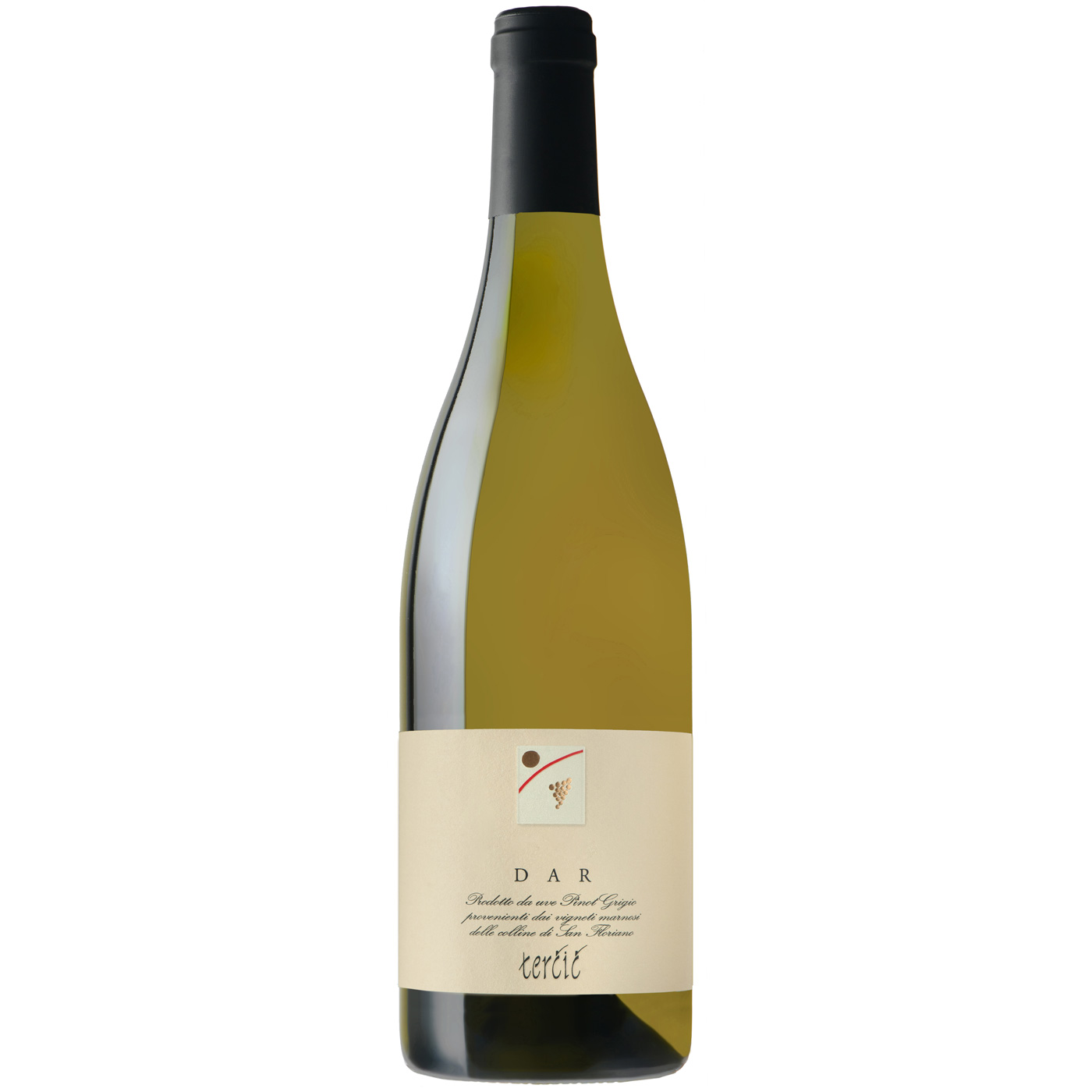DAR
2022 | Collio DOC Pinot Grigio
Category: white, dry
Grapes: Pinot Grigio
Location: San Floriano del Collio
Viticultural area: Collio Goriziano
VINEYARD
Soil profile: stratified Eocene marl and sandstone
Traning method: double-arched cane and guyot
Average vine density: 3.000/6.000 vines /ha
Average planting age: 23 years
Harvest period: first half of September
VINIFICTION
De-stemming-crushing
Pre-fermentation cold maceration: 8°-10° C
Pre-fermentation cold settling
Fermentation: 18°-22° C
Yeast: selected
Malolactic fermentation: not made
Maturation: 9 months on the lees
Clarification: gravity settling
Bottling: 29th June 2023
Bottle-agening: 12 months
TECHNICAL DATA
Alcohol: 13,50 %
Total acidity: 5,57 g/l
pH: 3,24
Estimated peak of maturation: 5 years
Estimated cellar life: 15 years
2022 witnessed notable shifts in weather patterns. The year began with temperature inversions and a prolonged dry period with below-average rainfall. Budding commenced around 10th April and flowering was earlier than usual, with the first blossoms already open by 19th May. Spring experienced minimal rainfall, a trend that continued through the warm, dry summer months, leading to drought in certain areas. Irrigation became necessary, especially in the plains, but nevertheless, the grapevine cycle proceeded normally, with veraison of the pinot grigio around 11th July. August and, notably September, saw rain which contributed to excellent ripening. The final quarter of the year remained dry, with minimal water supply. Grape quality was excellent, with above average sugar accumulation, and total acidity and pH in line with historical precedents. The wines present a round, intricate profile in their early years, with excellent ageing potential, particularly in the case of Merlot.
Vintages
2021
January and February recorded normal temperatures and optimal rainfall, while March was drier with unstable temperatures. Lymph rise began in the middle of the month. Late frosts hit fruit trees on 7th and 8th April, but fortunately did not lead to significant damage to the vines.
Budding began towards the second half of April, starting with chardonnay, sauvignon and tocai friulano. The month of May, together with May 2019, was one of the coldest in the last 30 years, with the lowest temperatures since 1991. Flowering began in the first week of June as temperatures rose and despite low rainfall, ended quickly thanks to the good water resources of the soils. Veraison began at the end of July – beginning of August, late compared to the previous year. August presented average temperatures. The first two weeks of September were dry, and we picked a large part of the white grapes in ideal weather conditions. The last three months of the year continued dry.
Grape quality was very good, in particular for medium and medium-late ripening grapes. Acidity levels and pH remained good, thanks to the temperature excursions that characterized the lead in to the harvest.
2019
The months of January and February witnessed sparse rainfall and above-average temperatures, while the arrival of spring brought in cold and rain. Lymph rise began in mid-March and due to drought was slightly delayed and irregular. Bud break, on the other hand, commenced in early April, ahead of the norm. May brought chilly weather with abundant rain, while June saw temperatures soaring past 30 degrees, leading to exceptionally swift flowering. Veraison began towards the end of July, which together with August, was marked by scorching hot days and low rainfall. Picking began in the first week of September, in fine weather which persisted well into late autumn.
Production was lower than in 2018, but quality was high, with small grape clusters making the extraction of aromatic substances particularly interesting.Wines from the 2019 vintage have remarkable elegance, with a rich complexity of aromas and an interplay of acidity and salinity which adds depth and character on the palate




